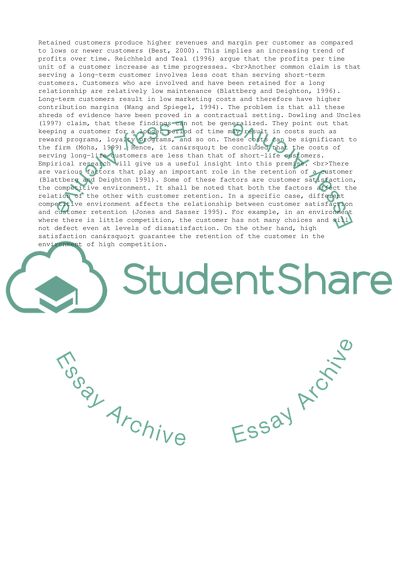Cite this document
(Database Marketing and Its Measurement of Success Dissertation, n.d.)
Database Marketing and Its Measurement of Success Dissertation. Retrieved from https://studentshare.org/business/1727375-research-methods
Database Marketing and Its Measurement of Success Dissertation. Retrieved from https://studentshare.org/business/1727375-research-methods
(Database Marketing and Its Measurement of Success Dissertation)
Database Marketing and Its Measurement of Success Dissertation. https://studentshare.org/business/1727375-research-methods.
Database Marketing and Its Measurement of Success Dissertation. https://studentshare.org/business/1727375-research-methods.
“Database Marketing and Its Measurement of Success Dissertation”, n.d. https://studentshare.org/business/1727375-research-methods.


